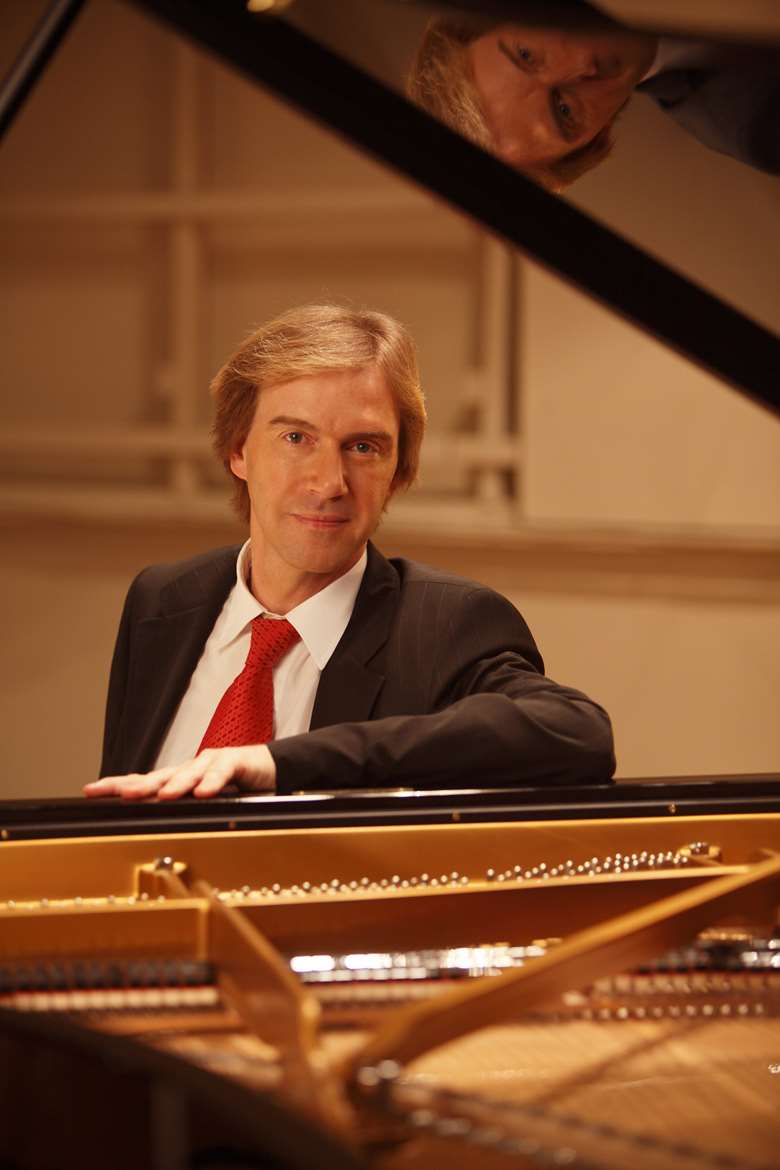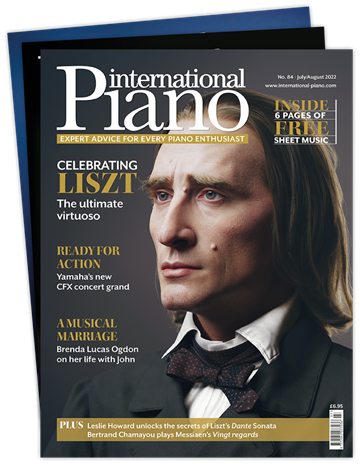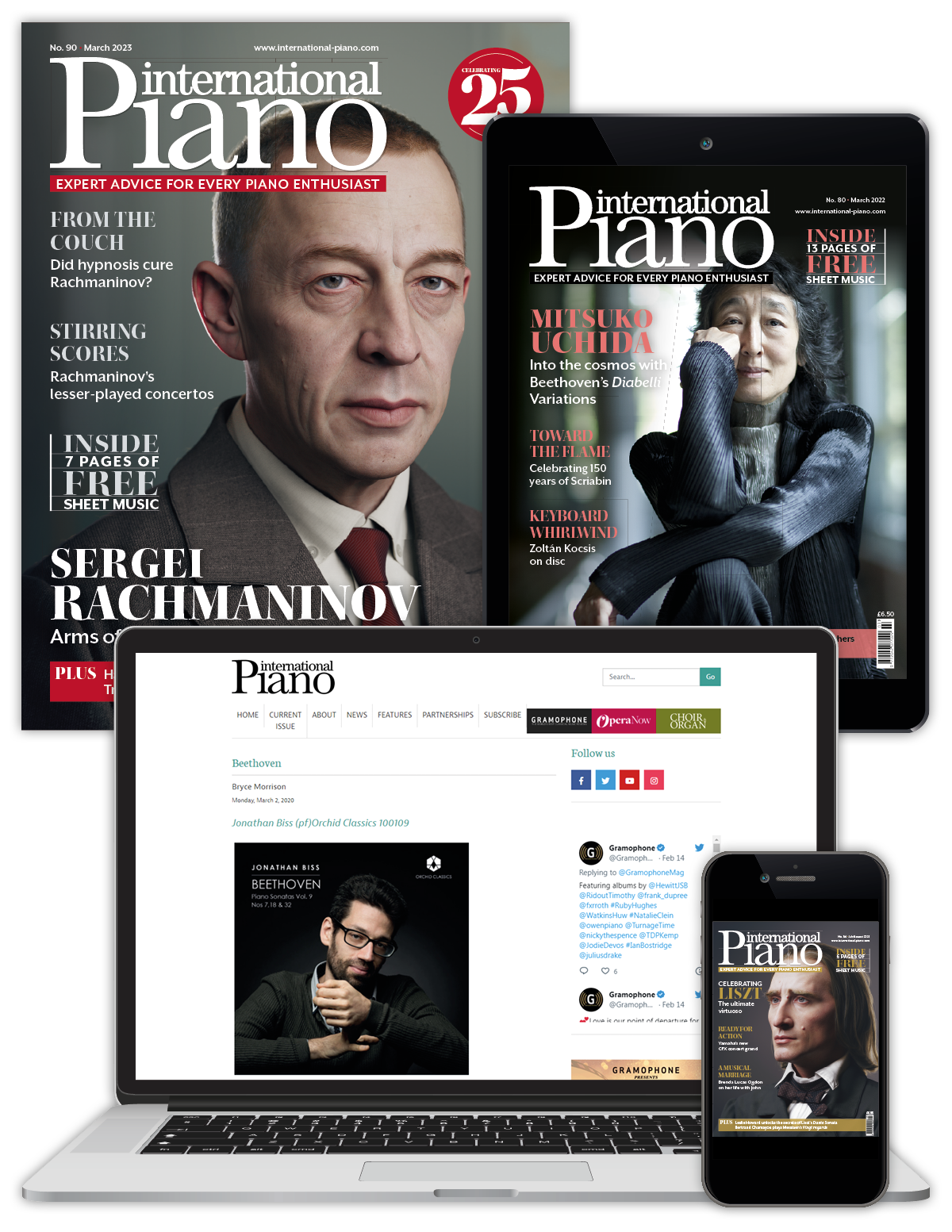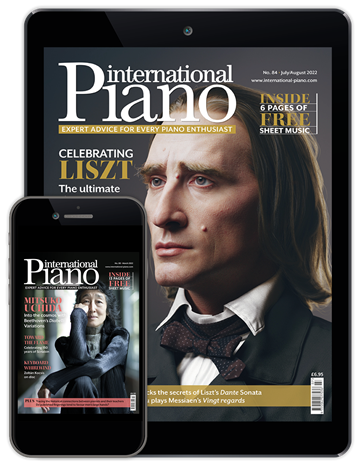Burkard Schliessmann: recording live and in the studio
Burkard Schliessmann
Friday, November 17, 2023
Burkard Schliessmann introduces his new album, ‘Live & Encores’ – with music by Bach, Mendelssohn, Chopin and Schumann – and looks ahead to an all-Schumann album that will follow next year

Register now to continue reading
This article is from International Piano. Register today to enjoy our dedicated coverage of the piano world, including:
- Free access to 3 subscriber-only articles per month
- Unlimited access to International Piano's news pages
- Monthly newsletter






